It's fair to say that the idea of switching to winter tyres hasn’t caught on in the UK to the extent that tyre manufacturers had hoped. But increasing the grip at the tyre contact patch is the best way to maintain the best possible traction and steering on slippery or what engineers call a ‘low-mu’ surface. (The Greek letter µ, pronounced mu, represents the coefficient of friction.)
It might seem that four-wheel drive is a better idea, but it isn’t necessarily. A 4x4 will make the most of the traction available from the four contact patches. It may also help prevent the balance of the car being upset by a clumsy driver stabbing at the throttle.
But if there’s no grip available, the tyres still can’t gain forward traction, stop the car sliding anywhere it wants, or stop it quickly enough under braking, if at all. Four-wheel drive alone can’t prevent any of those things happening and the only thing that can is the grip of the tyres on the road.
In snow, there’s something else to consider: the width of the rubber. Watch any rally video of cars competing in snow and they all have one thing in common: skinny tyres. In snow, whatever the type of tyre, it will get more grip if it can bite down into the surface. Wide tyres, while good for cornering grip in the dry, are likely to fare worse in the snow.
You can probably see where this is heading. A small, front-wheel-drive hatchback with 185-section winter tyres will be more effective in snow than a big 4x4 SUV on fat summer tyres. The winter tyres grip better in snow because they’re designed to, the weight of the engine is directly over the driven wheels even if there are only two, and the tyres are skinny.
It’s not just about snow. Winter tyres have a softer compound that keeps the tread soft and supple in low temperatures, giving more grip on cold, damp or wet Tarmac at anything below 7deg C. That’s due to the chemistry of the compound and the fact that it contains more natural rubber than a summer tyre. Some high-end performance tyres don’t contain any natural rubber at all and can deteriorate and crack over time in extreme low temperatures.
The solid centre band on a high-performance summer tyre designed to give sharp steering response is missing on a winter tyre and there are normally fewer grooves around the circumference than on a summer tyre – depending on the make. However, there are a lot more of those tiny slits in the tread, called sipes. They create more sharp edges to grip the surface as the blocks they define deform in use. In snowy conditions, they also trap the snow, which grips better than wet rubber.
The downside of a winter tyre is that wider fitments especially are likely to be noisier than a summer equivalent, the rolling resistance is higher and the steering response and handling of a performance car in the dry won’t be as good. On a family car with modest performance, though, there’s no reason not to leave them on all year round, dodging the cost and hassle of two sets of tyres and giving much more safety and convenience in the worst winter weather.
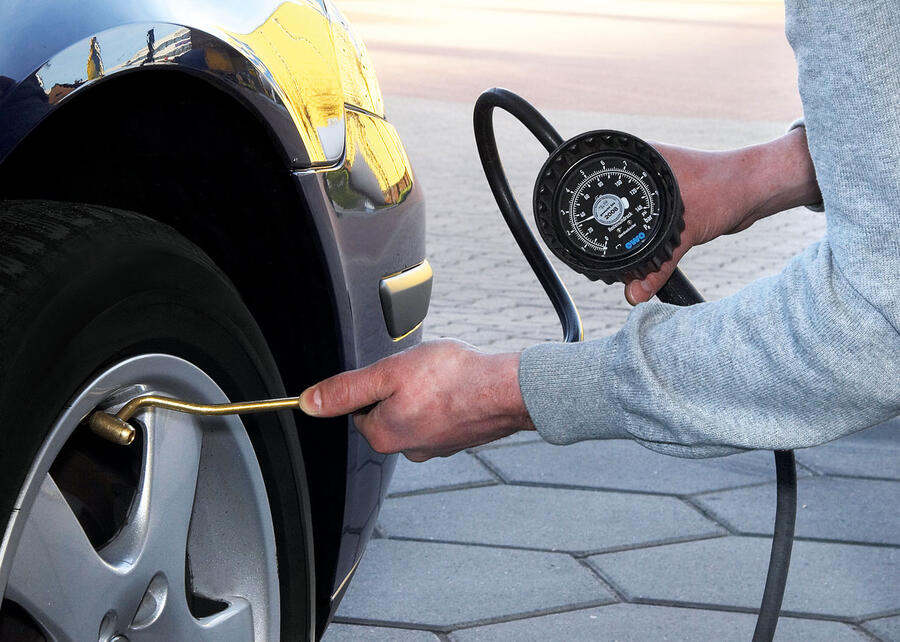
The pressure to perform
Why does fuel consumption rise if tyres are not inflated properly? Hysteresis. As the tyre rotates and meets the road surface, it deforms, consuming energy. As it turns away from the surface, elasticity returns it to its original shape, but not all of the energy is recovered and the rest is lost as heat.
READ MORE
Under the skin: Why H2O is key for a healthy engine

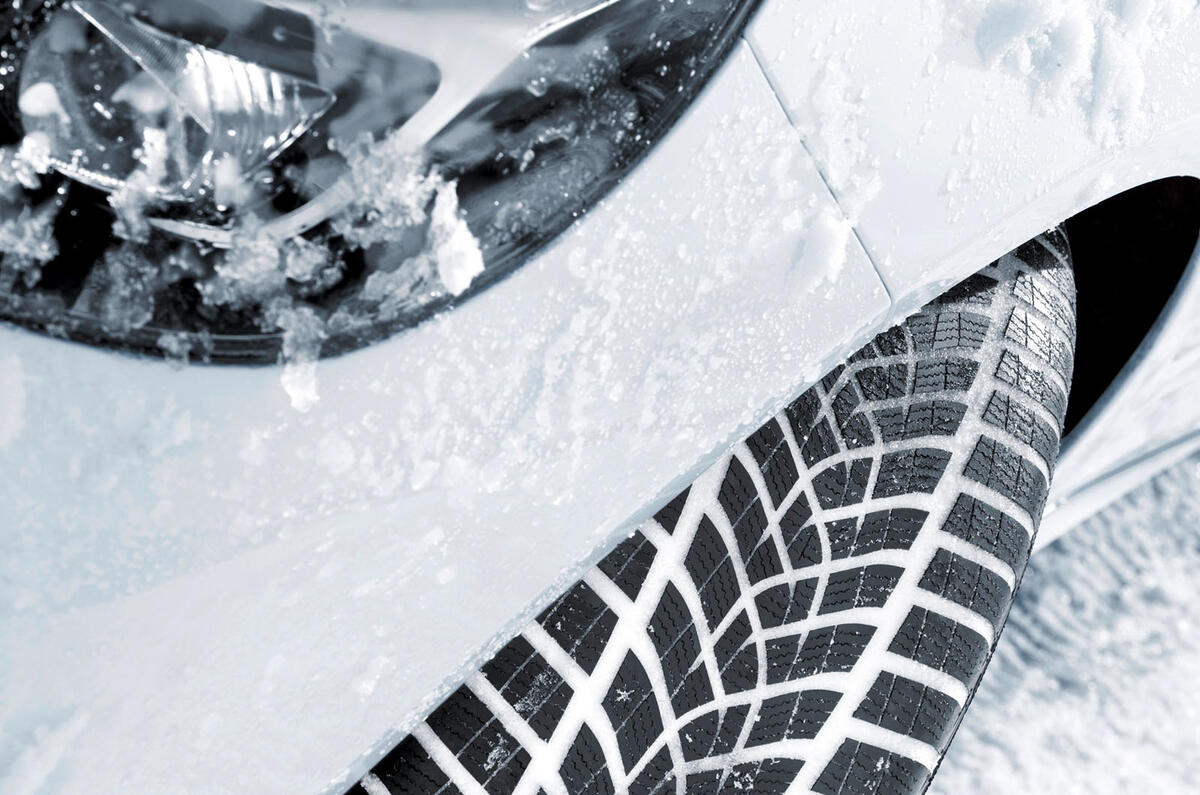
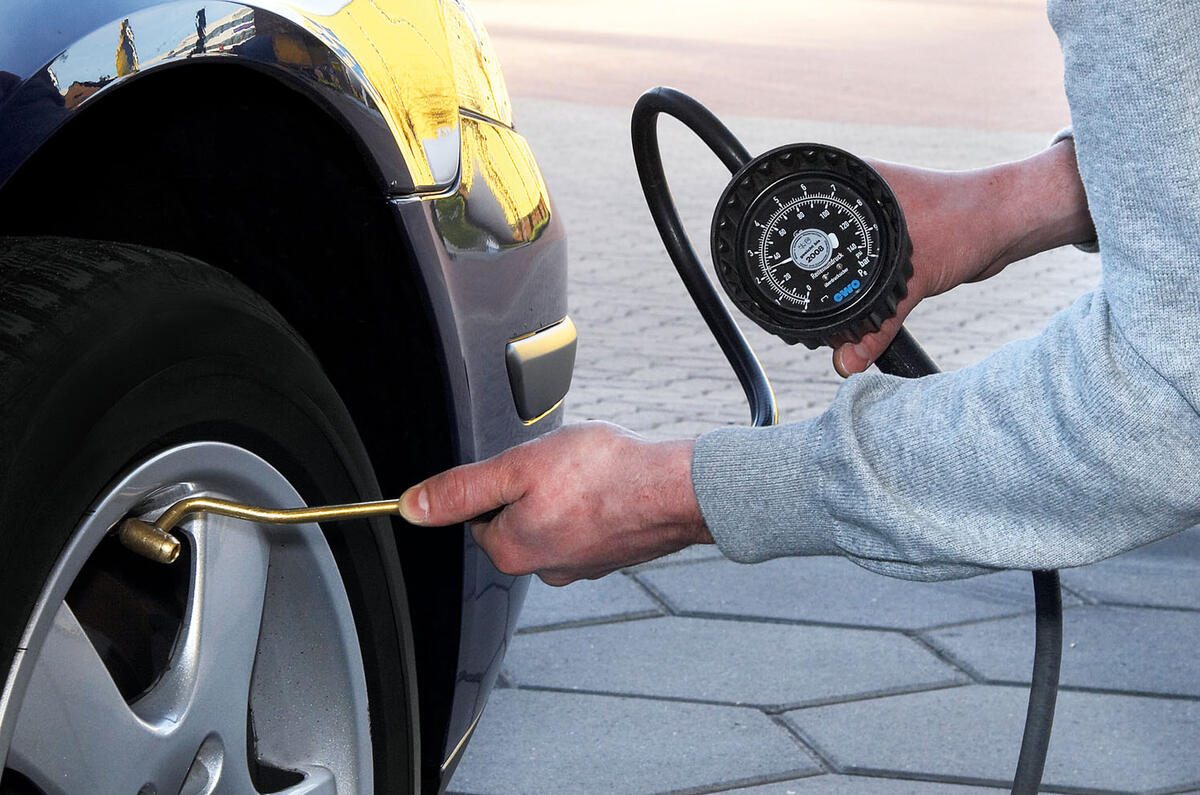
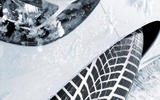
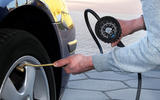


Join the debate
Add your comment
4x4 v Winter tyres
Difference is that you can put winter tryes on AWD car but good luck putting AWD on your winter tyre'd car.
xxxx wrote:
But surely putting winter, or cross climate tyres on your front or rear wheel drive vehicle (and also driving sensibly for the conditions) is a better bet for most? The extra weight of AWD vehicles would seem to me to be a big negative in many slippy conditions, when you see them sliding its going to take a lot more to stop them.
catnip wrote:
Disagree, the hardware for driving the additional 2 wheels in percentage terms of the overall weight of the car won't be much more than a few percent or say the weight of a passenger, certainly be outweighed by the avantage of having the extra traction to get you going in snow in the first place.
xxxx wrote:
But youre dragging that extra weight around all the time, so I'd still think that would be a negative. And there does seem to be a bullishness with the way a lot of AWD vehicles are driven in the slippy weather (that's why I mentioned driving appropriately), I'm more talking about when they're on the move, rather than getting going in the first place.
catnip wrote:
Life's full of compromises, but a AWD with the right tyres on is more likely to get you from A to B in the worst extreme conditions.
Agreed, but...
I used to have AWD AND winter tyres. I was unstoppable. Problem was everyone else getting stuck and still blocking the roads! For me the better compromise is all seasons on my 2WD. Not wasting fuel for the 350 days a year I don't benefit from it!
Love going past stuck SUVs
I live in the Yorkshire dales and I love going past stuck 4x4 SUVs in my wifes tiny Peugeot 108 on winter tyres! 4WD only helps when pressing the accelerator, going round bends or downhill and it's all about the grip! On my car I have fitted CrossClimates - not quite as good a pure summer or winter tyre but I reckon about 95% as good and great on our weird spring days when it can be 0'C in the morning and 17'C in the afternoon!
4 seasons do it for me.
Living on the Franco-German border, we'd be restrited in winter legally, so both our cars ride on Michelin Cross Climates. They have the necessary markings to satisfy German law and unlike traditional 4 season tyres are a summer tyre adapted for winter use; most others are vice-versa. Had a lot of snow here last year and they worked well.
One benefit is they are superb in heavy rain all year round. They last too.
For normal driving, they're a no-brainer.
Squonk61 wrote:
Absolutely. Live in Northern Ireland, for the few days / weeks of snow we might get, I feel CrossClimates are a worthwhile compromise for all year use.